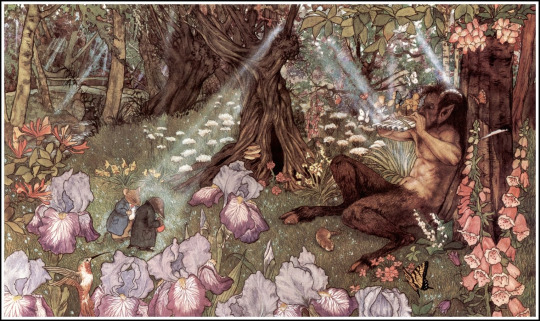What do you think?
Rate this book


244 pages, Hardcover
First published October 8, 1908







"Mole stood still a moment, held in thought. As one wakened suddenly from a beautiful dream, who struggles to recall it, but can recapture nothing but a dim sense of the beauty in it, the beauty! Till that, too, fades away in its turn, and the dreamer bitterly accepts the hard, cold waking and all its penalties."And here's what that is: it's booooring.

